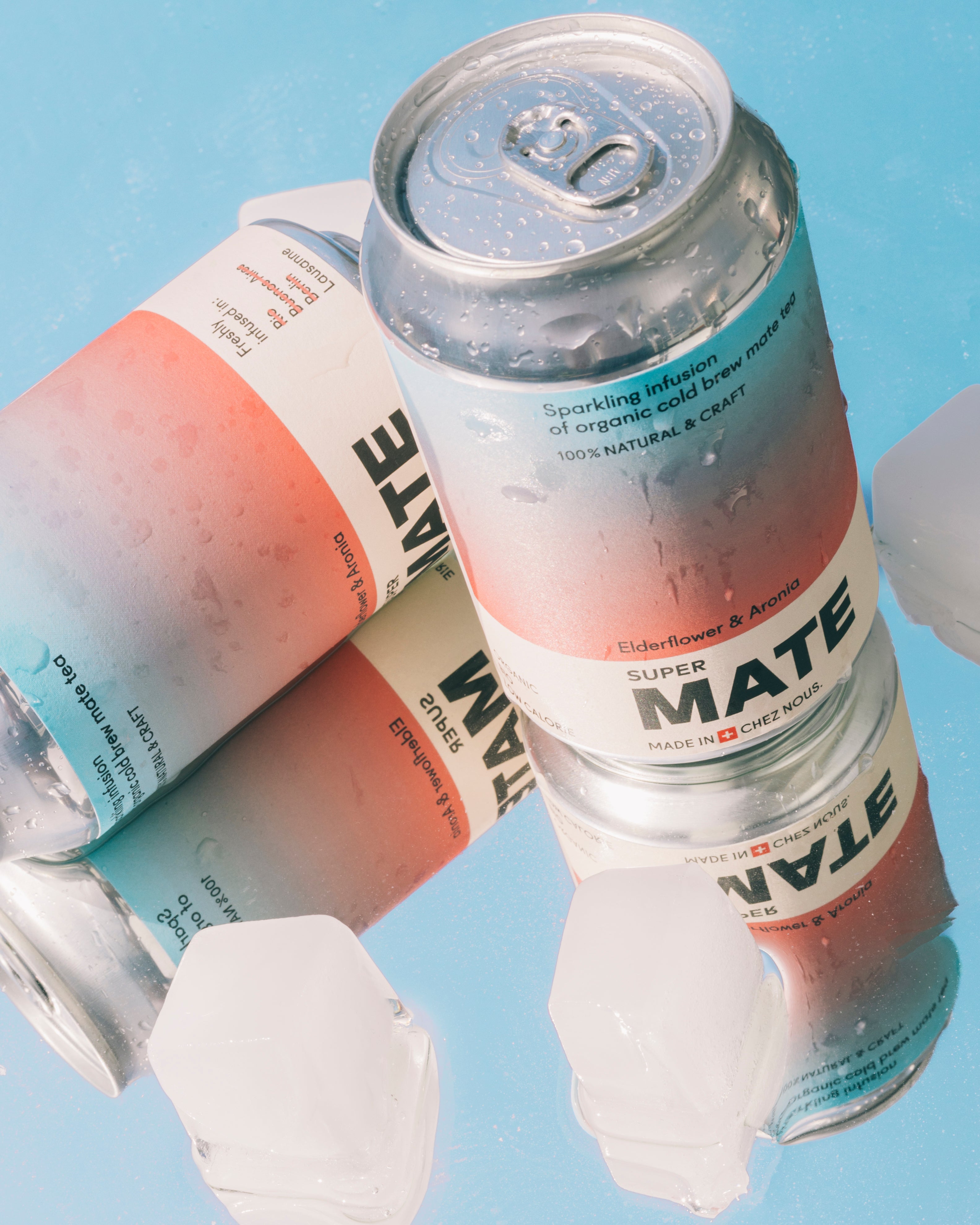Throwghback our kombucha workshops
Perhaps you're one of those people who've never dared make kombucha, but still dream of doing so? Have you already tried your hand at home, with lots of questions, or are you a seasoned amateur who wants to perfect your skills and take things to the next level?
Whatever your level (and we won't argue with you), the world of fermentation is complex, fascinating and raises a long list of questions: where to find a strain? What ingredients should you use? How much to use? How long does fermentation last? At what temperature? What parameters need to be monitored?
Since we started cooking in 2013, let's face it, we've made all the mistakes. On the other hand, we've learned a lot, and we're not afraid to say that today we know a bit more about the subject. That's why Urban Kombucha is 100% natural, organic, exciting, consistently tasty and, above all, made in strict accordance with traditional, artisanal methods. YEAH!

Visit of our kombucha manufacture
SCOBY: it's not “just a mushroom”!
You've probably already seen it on Insta, that slightly gelatinous thing that's essential for making kombucha, commonly known as SCOBY.
SCOBY stands for Symbiotic Culture Of Bacteria and Yeast. So it's not just a mushroom, but a combination of several living micro-organisms. It's like a microbial team working in harmony to transform a sweet tea into a complex, sparkling beverage full of character.
SCOBY comes in two forms: solid and liquid. The solid form is the floating gelatinous disk that forms on the surface. The liquid form is simply liquid kombucha, rich in active bacteria and yeast.
And that's not its only myth...
- “To make kombucha again, you absolutely need the solid part of the SCOBY” False! To make kombucha again, you need a SCOBY. But not necessarily the gelatinous disk! What really counts is the liquid (also called “starter”). It contains all the bacteria and yeast you need. With a good starter (well-fermented kombucha), you can start a new batch. The solid disk? It reforms itself. So yes, you need a SCOBY... but solid or liquid, both work!
- “If my SCOBY changes color, he's probably dead. Wrong! Color variations are normal, especially with different ingredients.
- “SCOBY should float to the surface." Wrong again. It doesn't matter if it floats or sinks, it will do its job.
- “I have to use ultra-sophisticated equipment to make kombucha." No, you don't. If you have your SCOBY, a simple jar, breathable fabric and a rubber band will do the trick.

Kombucha and its SCOBY
Fermentation: a question of time (and taste)
Fermentation is both simple and complicated and Kombucha fermentation is no exception. Temperatures, ingredients and light are all important parameters. What's complicated? Only the right combination of all parameters will enable you to achieve your goal. Always good to know:
- The shorter the fermentation period (7 to 10 days), the sweeter and milder your kombucha will be. This is because the sugar will not have been completely transformed.
- The longer the fermentation period (> 10 days), the more time the micro-organisms will have had to transform their environment, and thus offer complex, tangy flavors.
Remember, there are no rules, and it's up to you to decide. Only regular tasting will enable you to be sure of obtaining the desired result.

Observation of the kombucha evolution throughout the days
How do you spice up your kombucha and create your own flavor?
Conservative or adventurous, ginger or beet-lemon? The options are endless. We’ve tried out a number of combos ourselves (and not all of them winners), but we know the tried-and-true ones, and so do you: Green Tea & Ginger, Hibiscus & Lemongrass, Raspberry & Lemon...
Good to know : To flavor kombucha, it’s easiest to start with a neutral kombucha and then add a juice or infusion of your choice.

Many flavors available to create your own kombucha flavor
How do you choose ingredients? It’s all about taste.
For our part, we follow the universal rule of cooking: the better the ingredients, the better the result. That’s also our mission: to offer exciting drinks made with real, organic, natural and traceable ingredients.

A selection of 100% organic ingredients
Shall we meet at the next kombucha workshop? Contact us to sign up!




